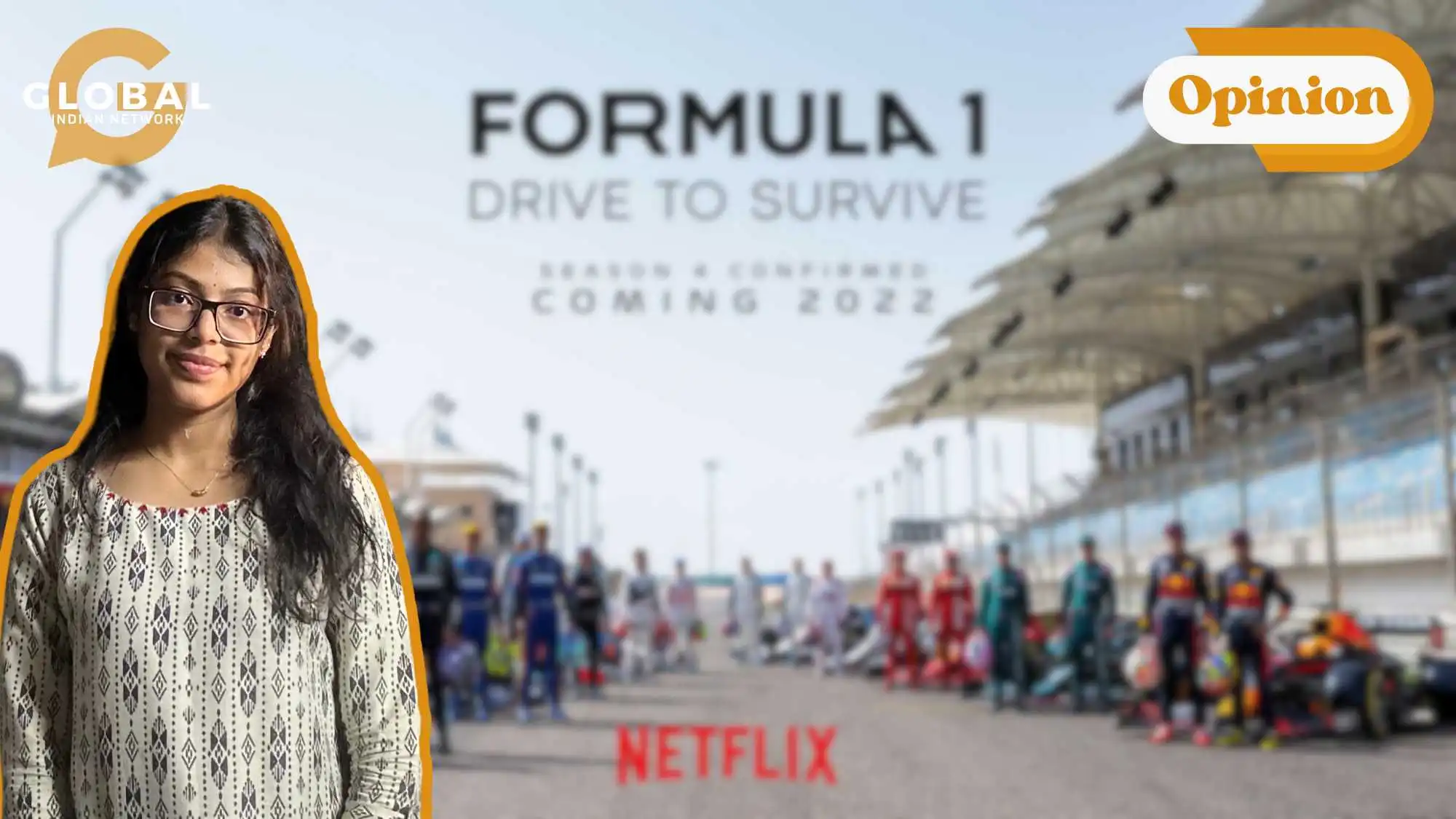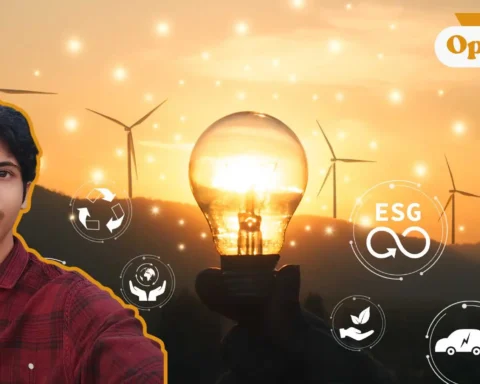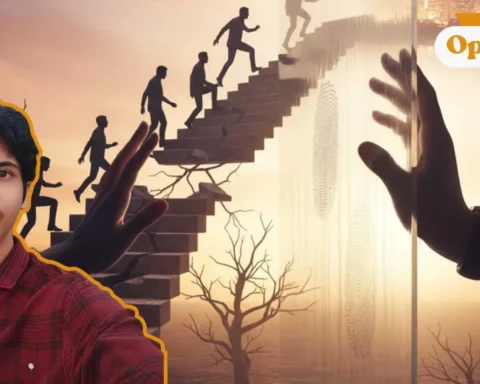Netflix’s ‘Drive to Survive‘ has gained the popularity of Formula 1, attracting a huge global following far beyond the normal motorsport enthusiast. The docuseries first aired in 2019 and provides a behind-the-scenes glance at life in Formula 1, with its rivalries, drama, and action-packed racing that encapsulate the sport. But as much as the series has been lauded for putting F1 in the mainstream, it has also come under fire for bending reality, dramatizing disagreements, and putting entertainment over truth.
So how accurate is ‘Drive to Survive’ to real-world Formula 1? Let’s dive in!
The Good: Broadening the Sport’s Audience
‘Drive to Survive’ has been key to increasing F1’s global popularity, especially in countries such as the United States, where motorsport was secondary to NASCAR and IndyCar. The show offers a palatable and dramatic storyline to casual viewers, making the universe of Formula 1 accessible.
The program’s extensive interviews, exclusives, and emphasis on team relationships give an interesting and sometimes poignant look at the sport. Supporters can witness the individuals behind the helmets, from team bosses making ruthless decisions to drivers under the tremendous pressure of delivering at the highest level. It makes the sport more human, something that normal race coverage cannot.
Additionally, ‘Drive to Survive’ has been responsible for bringing midfield struggles into the spotlight, something race weekend coverage tends to overlook in the interest of leading contenders like Ferrari, Mercedes, or Red Bull.

The Bad: Manufactured Drama and Selective Storytelling
Though ‘Drive to Survive’ delivers gripping entertainment, it has also been widely criticized for dramatizing things. To entertain the audience, there is always drama to present; the series has edited radio messages during races and chopped scenes to present occurrences in a manner more controversial than reality. An exemplary case in point is presenting rivalry—drivers who have genuine respect for one another in the real world are often portrayed as archenemies in the series.
This dramatization caused issues among some F1 drivers, most particularly Max Verstappen, who did not wish to take part in previous seasons on the basis that the show made up rivalries. Where there are actual tensions—like in the very high-profile 2021 championship showdown between Verstappen and Lewis Hamilton—the show tends to over-simplify the intricacies of the affair and boil it down into simplified “hero vs. villain” tropes.
Moreover, the show has been faulted for putting entertainment ahead of chronological order. Some events are occasionally depicted out of sequence, so a specific plot happens differently than it did. For instance, driver swaps or team conflicts might be depicted as taking weeks to happen when, in fact, they were settled much more quickly.
The Ugly: Overlooking Major Storylines
Another criticism levelled against ‘Drive to Survive’ is its omission of notable events that would give a more balanced picture of the season. For example, key technical controversies, like the FIA regulation updates or detailed descriptions of car development, tend to be skipped in favour of driver drama.
Equally, some drivers and teams receive more than their fair share of screen time. Although Netflix prioritises the most marketable characters, it tends to mean that pivotal players or races receive less coverage than they should. Viewers of the sport tend to be left complaining about the lack of coverage of certain turning points in a season.
Balancing Entertainment and Accuracy
‘Drive to Survive’ has gained momentum for the development of Formula 1. With heightened exposure comes greater television viewing figures, ticketed-out events, and a wider audience. But with increasing influence comes the onus to ensure that it is reflective of the sport.
The solution lies in finding a balance between dramatization and factual reality. The show does not have to be a bare-knuckle documentary with no drama at all—F1 is dramatic, after all—but it should also avoid deceptive editing techniques that play with the truth. A more truthful depiction of events, rivalries, and team relationships would only help to bolster the credibility of the program while not losing any of its entertainment potential.
For F1 enthusiasts, ‘Drive to Survive’ is an entertainment but not the greatest source of information regarding the sport. Yet, for new viewers and occasional fans, it is an interesting entrance to the world of Formula 1.

Let us know your thoughts in the comment section below. If you have any burning opinions or ideas to share, feel free to contact us at larra@globalindiannetwork.com.









